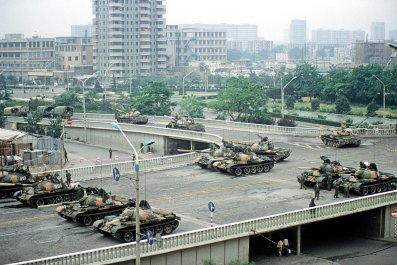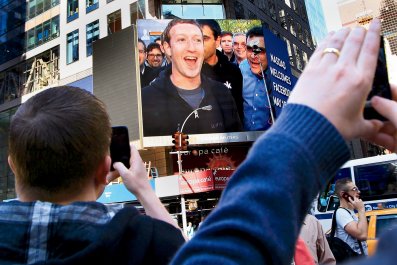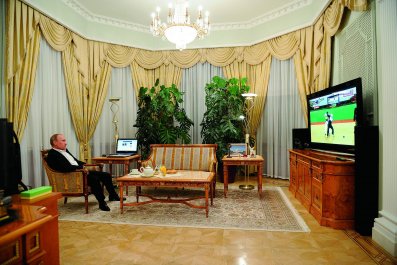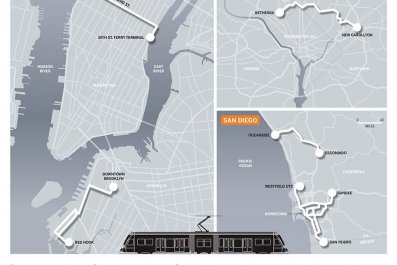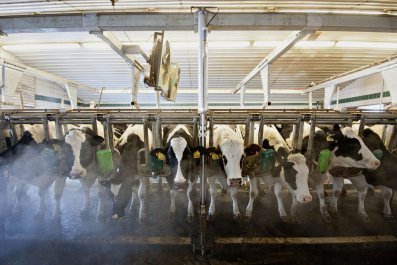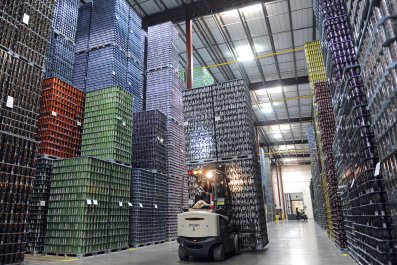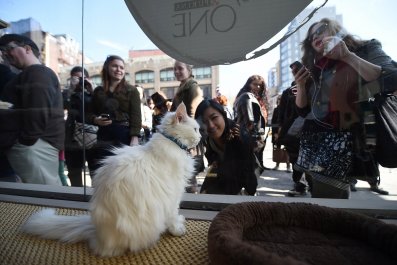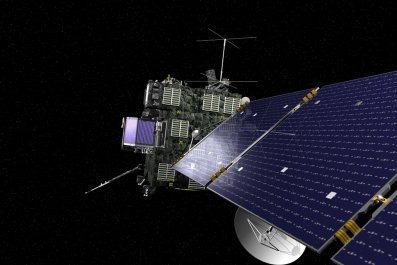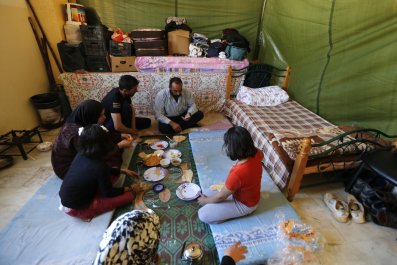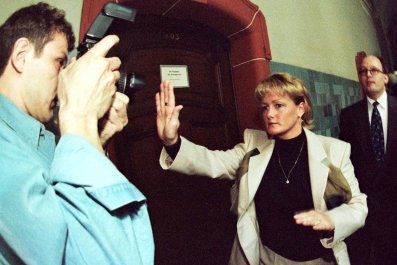When Victor Gruen designed the first suburban shopping mall, Southdale Center in Edina, Minnesota, he dreamed it would revolutionize the American way of life. Gruen, a Viennese immigrant, was a socialist and hated the trend toward decentralized development that ran rampant in the 1950s. He hoped that Southdale, which boasted an inviting open court at its center (as well as decorative fish tanks), would become a communal gathering place, maybe even encouraging the growth of a city around the mall.
The revolution did not go as planned. Southdale's opening in 1956 suddenly spurred the construction of fully enclosed, climate-controlled malls across the U.S., further encouraging the population shift away from urban areas to the 'burbs. It's estimated that there were 1,100 malls in the U.S. at the boom's peak. "I am often called the father of the shopping mall," Gruen lamented in 1978, two years before his death. "I would like to take this opportunity to disclaim paternity once and for all. I refuse to pay alimony to those bastard developments. They destroyed our cities."
While that was true for decades, the cheap housing once promised by the suburbs is no longer a given, prompting a population shift back to cities—from 2012 to 2013, the nation's metropolitan areas gained 2.3 million people, according to the U.S. Census Bureau. This is part of the reason why at least 300 U.S. malls are now dead or dying, says Ellen Dunham-Jones, a professor of architecture and urban design at the Georgia Institute of Technology.
Ironically, this mall mauling might make Gruen's dream—creating modern-day agoras in Middle America—come true. In Dunham-Jones's database, 205 dead malls are being retrofitted in ways that serve the surrounding community other than offering retail space. There are new schools and churches, and service-based businesses such as medical practices. And at least 40 of these projects are for "walkable, urban, mixed-use" areas, Dunham says. One of the most successful completed projects is in Lakewood, Colorado, where the Villa Italia Mall has been converted into 22 pedestrian-friendly blocks. This new open-air development, called Belmar, is designed like an urban downtown, with shops, restaurants, housing and offices, as well as plenty of places for people to congregate and socialize.
In addition, a small handful of dead malls are being re-greened by converting them into parks. Considering that many of the first mall developers drained wetlands and built on floodplains, this last approach packs enormous ecological potential. Call it the re-greening of America, with plenty of free parking.
SEE THE LISTS: Top 10 Green Companies in the World | Top 10 Green Companies in the U.S | Full World Rankings | Full U.S. Rankings
Our Green Rankings Section





